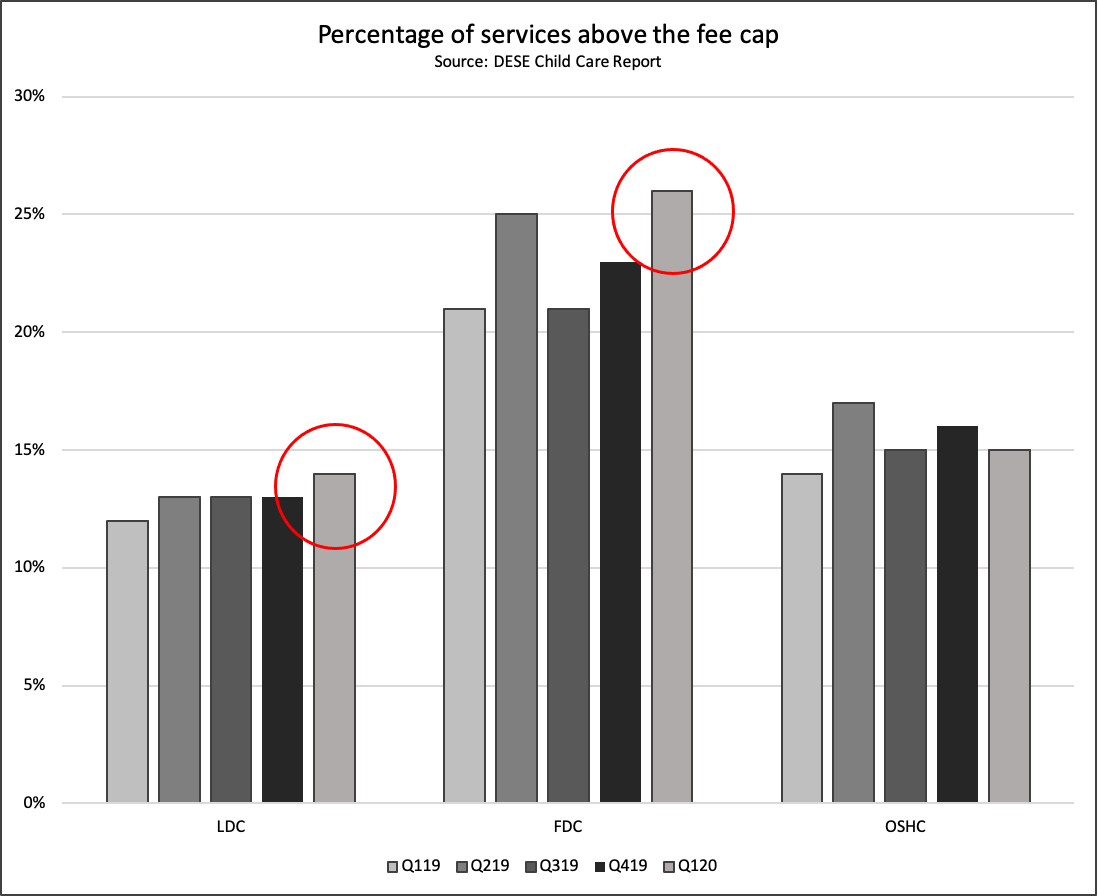Enrolment trends remain strong, ACCS hardship claims jump in latest DESE report

The total number of children attending long day care (LDC) and outside school hours care (OSHC) services in the three months ended March 2020 remained at historically high levels, with OSHC setting a new record, according to the latest release of the Department of Education, Skills and Employment’s (DESE) Child Care in Australia report.
The report, which is issued quarterly but with a significant time lag, also highlighted a significant jump in the number of families claiming additional child care subsidy (ACCS) – a payment which supports families experiencing temporary financial hardship and child well being issues, and aims to capture the key trends in play across the early childhood education and care (ECEC) sector using data extracted from the child care subsidy (CCS) database.
LDC enrolment remains elevated, OSHC enrolment reaches new highs
The number of children enrolled in an LDC service in the three months ended March 2020 was 785,040 up 2.4 per cent on the same period last year, but down 1.6 per cent from the previous quarter in Q4 2019.
The average weekly hours spent in care crept higher to 30.0 which is the second highest reading on record and more than 5 per cent higher than the average recorded prior to the CCS legislation being introduced in July 2018.

The number of children enrolled in an OSHC service in the three months ended March 2020 was 489,900 up 2.3 per cent on the same period last year and 5.6 per cent from the previous quarter in Q4 2019.
This was a new record high for OSHC attendance beating the 481,630 children enrolled in the third quarter of 2019 by 1.7 per cent.
Notably, the total number of hours spent in an OSHC service per week also hit a record high in the period up to 13.0 hours.
Number of families accessing ACCS jumps with financial hardship up more than 300%
The number of children accessing ACCS moved to the highest level since the implementation of the new subsidy regime in 2018 and above the highest level recorded under the old Special Child Care Benefit (CCB) system in place in Q3 2016..
A total of 38,870 children received the ACCS subsidy in the three month period ending March 2020 up 31 per cent from the same time last year.

Notably, the distribution of children accessing ACCS under the four sub categories saw a very material jump in ACCS – Temporary Financial Hardship, up more than 300 per cent on the previous quarterly period and more than double the previous year.

Although it is unclear specifically what was driving this jump it may have been connected with the bushfire challenges of early 2020 and / or the onset of COVID-19.
Child wellbeing also saw an increase to the highest levels recorded since the introduction of the new CCS subsidy regime.
LDC fee increases steady but %age services above fee cap creep higher
Hourly gross fees at LDC services rose to $10.40 per hour, an increase of 4.5 per cent compared to the same period last year, a rise which is broadly similar to that of the last 18 months which have ranged between 4.0 per cent and 5.0 per cent.
Overall the rate of increases continue to come in lower than the strong growth in fees recorded in the 2014 to 2016 period.

OSHC fees rose 3.5 per cent in the period which is at the top end of the last 18 months of increases and FDC rose by 3.4 per cent which is at the lower end.
With respect to the level of fees relative to the CCS fee caps for the three setting types, the percentage of LDC services with fees above the reference rate has edged up to 13 per cent, family day care (FDC) has now moved through 25 per cent and OSHC remains relatively contained at 15 per cent.

The increases are partly a function of ongoing fee increases but also due to the fact that the fee cap resets once a year in July whereas service fees are increased throughout the year. Once the cap is reset higher in July 2021, the overall percentage of services exceeding it will drop back.
CCS entitlements drop back below $2bn but remain up on last previous year
The total amount of subsidy distributed under the CCS and ACCS in the three months ending March 2020 was $1.9 billion, a 6.3 per cent increase on the same period in 2019 but lower than the last two quarters of 2019 both of which recorded total entitlements in excess of $2 billion.

With the marginal reduction in overall enrolments in the period, a fall in subsidy disbursement is to be expected however, it is important to note that the overall levels are still well above those recorded in all of the three month ended March periods of previous years.
To access the latest DESE report and data tables please click here.














